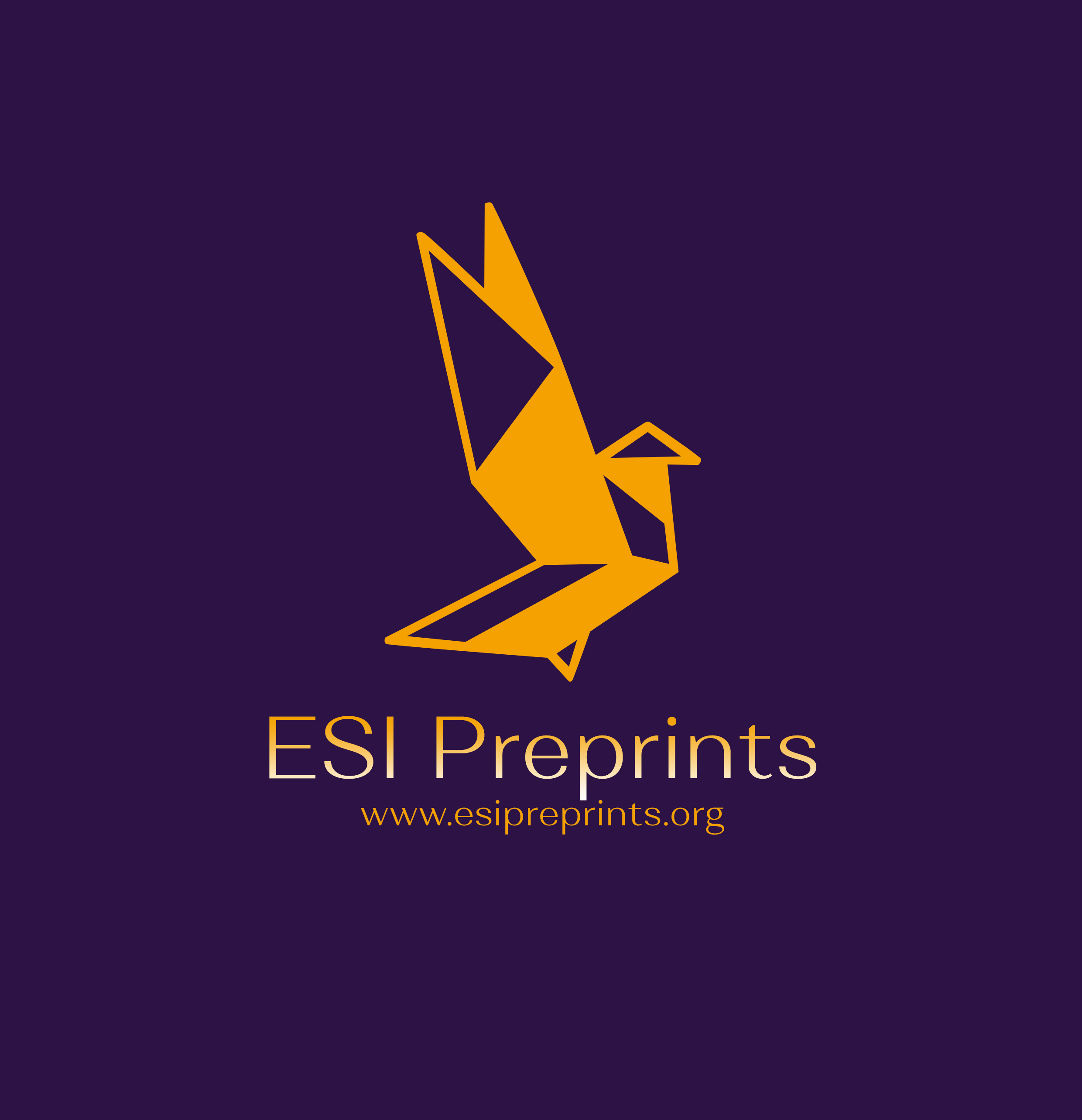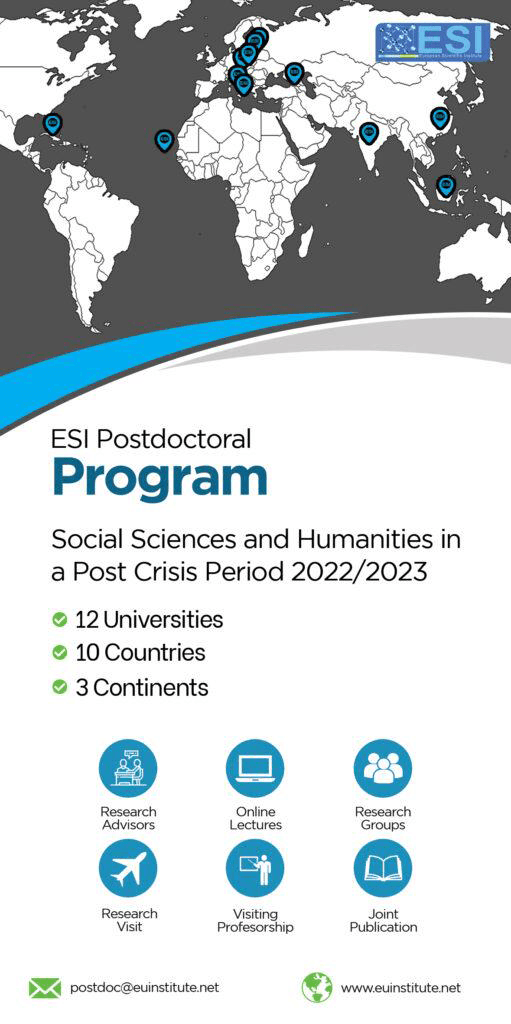Study of the Efficacity of Moringa Oleifera Roots Applied as a Poultice in the Symptomatic Treatment of Gonarthrosis
Abstract
Introduction: The roots of Moringa oleifera are widely used for arthralgia. The aim of this study is to evaluate the effectiveness of a poultice made from Moringa oleifera root powder in the symptomatic treatment of gonarthrosis. Material and methods: It was a randomized, double-blind study, controlled against placebo and against standard drug treatment in open, conducted in the rheumatology department of CNHU-HKM in Cotonou. The patients included in the study had an arthritic flare at the beginning of the study. Three parallel groups were formed, receiving respectively Moringa oleifera as a poultice on the knee; placebo as a poultice on the knee; and oral drug treatment. The primary outcome measure is based on the calculation of the effect size for pain intensity. Results and conclusion: Sixty-five patients were randomized (Moringa oleifera = 35, Placebo = 30) and twenty-one were non-randomized (medication treatment = 21). The studied population was characterized by a female predominance of 92%, with an average age of 57.94 years. The results of the effect size calculation for pain intensity showed a standardized difference greater than 0.8 in the Moringa oleifera and placebo groups over a duration of 2 weeks (p < 0.0001) on one hand, and in the Moringa oleifera and medication treatment groups over a duration of 3 months (p < 0.0001) on the other hand. This study showed that Moringa oleifera roots could constitute a potential therapeutic alternative in flare-ups of gonarthrosis.
Downloads
Metrics
References
2. Badiaga M. (2011). Etude ethnobotanique, phytochimique et activité biologiques de Nauclea latifola smith une plante Médicinale Africaine récoltée au Mali [Thèse de doctorat]. Université de Bamako, Mali.
3. Betina-Bencharif S. (2014). Isolement et Caractérisation des saponosides extraits de deux plantes médicinales Cyclamen africanum, Zygophyllum cornutum et évaluation de leur activité anti-inflammatoire [Thèse de doctorat]. Médecine humaine et pathologie. Université de Bourgogne; Université Mentouri-Constantine, France.
4. BOURGEOIS Lucie, (2016). COMMENT LUTTER CONTRE L’ARTHROSE ? ALLOPATHIE, HOMEOPATHIE, PHYTOTHERAPIE ET NUTRITHERAPIE, [thèse de doctorat en pharmacie], Université de Lorraine, France.
5. Caceres A, Savaria A, Rizzo S, Zabala S, Leon E, Nave F. (1992). Pharmacological properties of Moringa oleifera: sceening for antispasmodic, anti-inflammatory and diuretic activity. Journal of ethnopharmacology, 32:233-7.
6. Fleurentin J, Cabalion P, Mazars G, Dos Santos J, Younos J. (1990). Ethnopharmacologie source, méthodes, objectifs. Editions de l’ORSTOM, Mertz.
7. Frerick H, Biller A, Schmidt U. (2001). stufenschema bei coxarthrose. Kassenarzt, 5 :34-41.
8. Guillemin, F., Rat, A. C., Mazieres, B., Pouchot, J., Fautrel, B., Euller-Ziegler, L., Fardellone, P., Morvan, J., Roux, C. H., Verrouil, E., Saraux, A., Coste, J., & 3000 Osteoarthritis group (2011). Prevalence of symptomatic hip and knee osteoarthritis: a two-phase population-based survey. Osteoarthritis and cartilage, 19(11): 1314–1322. https://doi.org/10.1016/j.joca.2011.08.004
9. Kasolo JN, Bimen GS, Ojok L, Ogwal-okeng JW. (2011). Phytochemic and acute toxicity of M. oleifera root in mice. J. Pharmacog Phytother, 3:38-42.
10. Martini M-C. 2003. Introduction à la dermopharmacie et à la cosmétologie. 3e éd. Lavoisier Paris.
11. Mota R, Thomas G, Barbosa Filho JM. (1985). Anti-inflammatory actions of tanins isoled from the bark of Anarcardium occidentale. Journal of Ethnopharmacology, 13:289-300.
12. Schmid, B., Lüdtke, R., Selbmann, H. K., Kötter, I., Tschirdewahn, B., Schaffner, W., & Heide, L. (2001). Efficacy and tolerability of a standardized willow bark extract in patients with osteoarthritis: randomized placebo-controlled, double blind clinical trial. Phytotherapy research : PTR, 15(4), 344–350. https://doi.org/10.1002/ptr.981.
13. Tabart Jessica. (2011). Optimisation et caractérisation d’un extrait de cassis riche en antioxydants utilisable comme complément alimentaire et études de ses effets sur la vasorelaxation dépendant de l’endothélium [Thèse de doctorat]. Université de Liège - Belgique.
14. Tall A. (2000). Contribution à l’étude de l’activité anti-inflamatoire du décocté lyophilisé des racines de Moringa oleifera (moringaceae) [Thèse de doctorat en pharmacie]. Université Cheik Anta Diop de Dakar, Sénégal.
15. Wegener, T., & Lüpke, N. P. (2003). Treatment of patients with arthrosis of hip or knee with an aqueous extract of devil's claw (Harpagophytum procumbens DC.). Phytotherapy research : 17(10), 1165–1172. https://doi.org/10.1002/ptr.1322.
16. Zhang, W., Doherty, M., Arden, N., Bannwarth, B., Bijlsma, J., Gunther, K. P., Hauselmann, H. J., Herrero-Beaumont, G., Jordan, K., Kaklamanis, P., Leeb, B., Lequesne, M., Lohmander, S., Mazieres, B., Martin-Mola, E., Pavelka, K., Pendleton, A., Punzi, L., Swoboda, B., Varatojo, R., … EULAR Standing Committee for International Clinical Studies Including Therapeutics (ESCISIT) (2005). EULAR evidence based recommendations for the management of hip osteoarthritis: report of a task force of the EULAR Standing Committee for International Clinical Studies Including Therapeutics (ESCISIT). Annals of the rheumatic diseases, 64(5): 669–681. https://doi.org/10.1136/ard.2004.028886.
17. Zomalheto Z, Gounongbe M, Avimandje M. (2014). Affections rhumatologiques en milieu africain à l’ère du 21è siècle : profil de 9.992 patients ouest-africains. Médecine d’Afrique Noire, 61 (8/9) : 449-53.
Copyright (c) 2025 Vigniako Roussaint Dossou-Yovo, Hilaire Dossou-Yovo, Abdou Razack Osseni, Zavier Cossi Zomalheto, Anatole Laleye

This work is licensed under a Creative Commons Attribution 4.0 International License.








